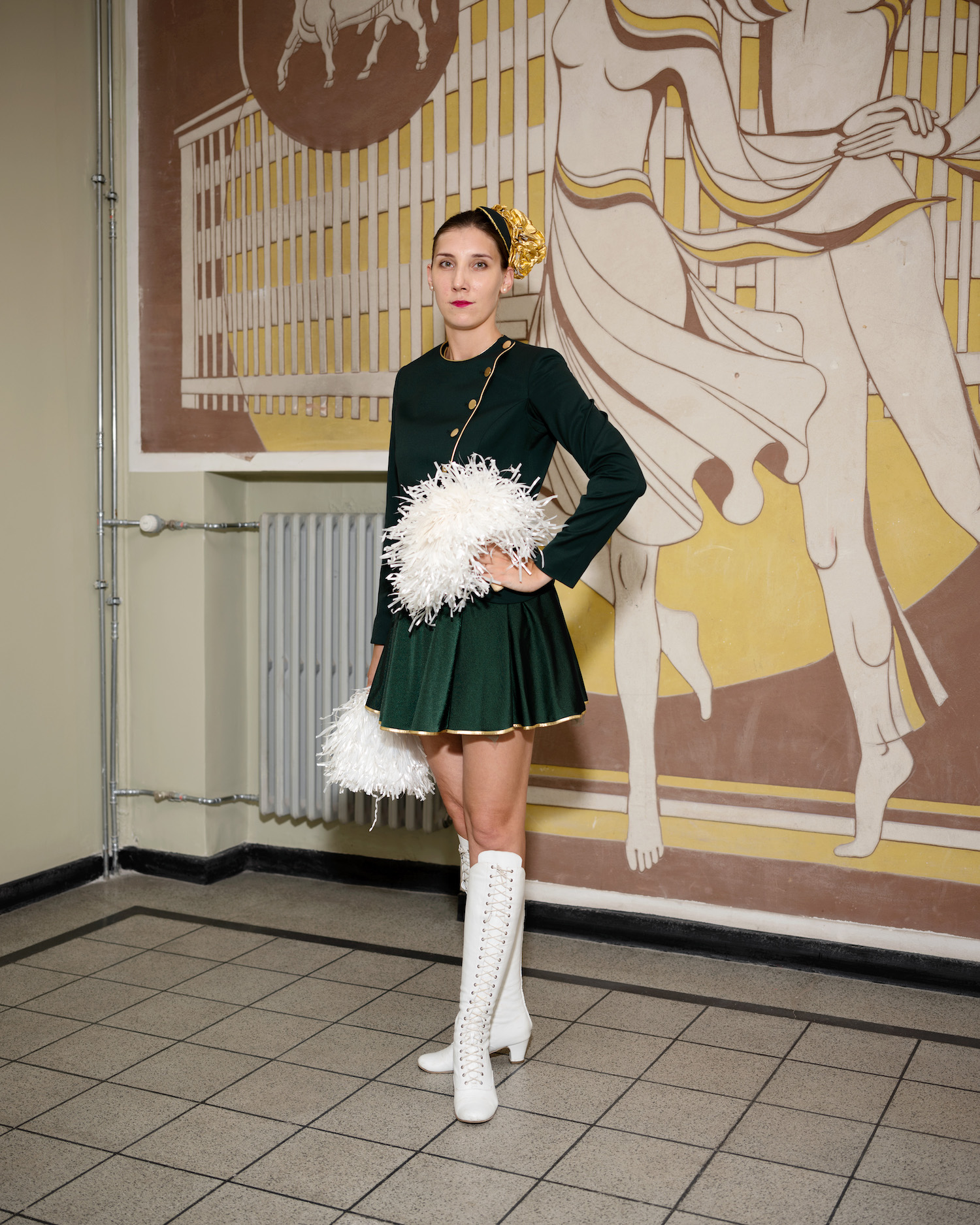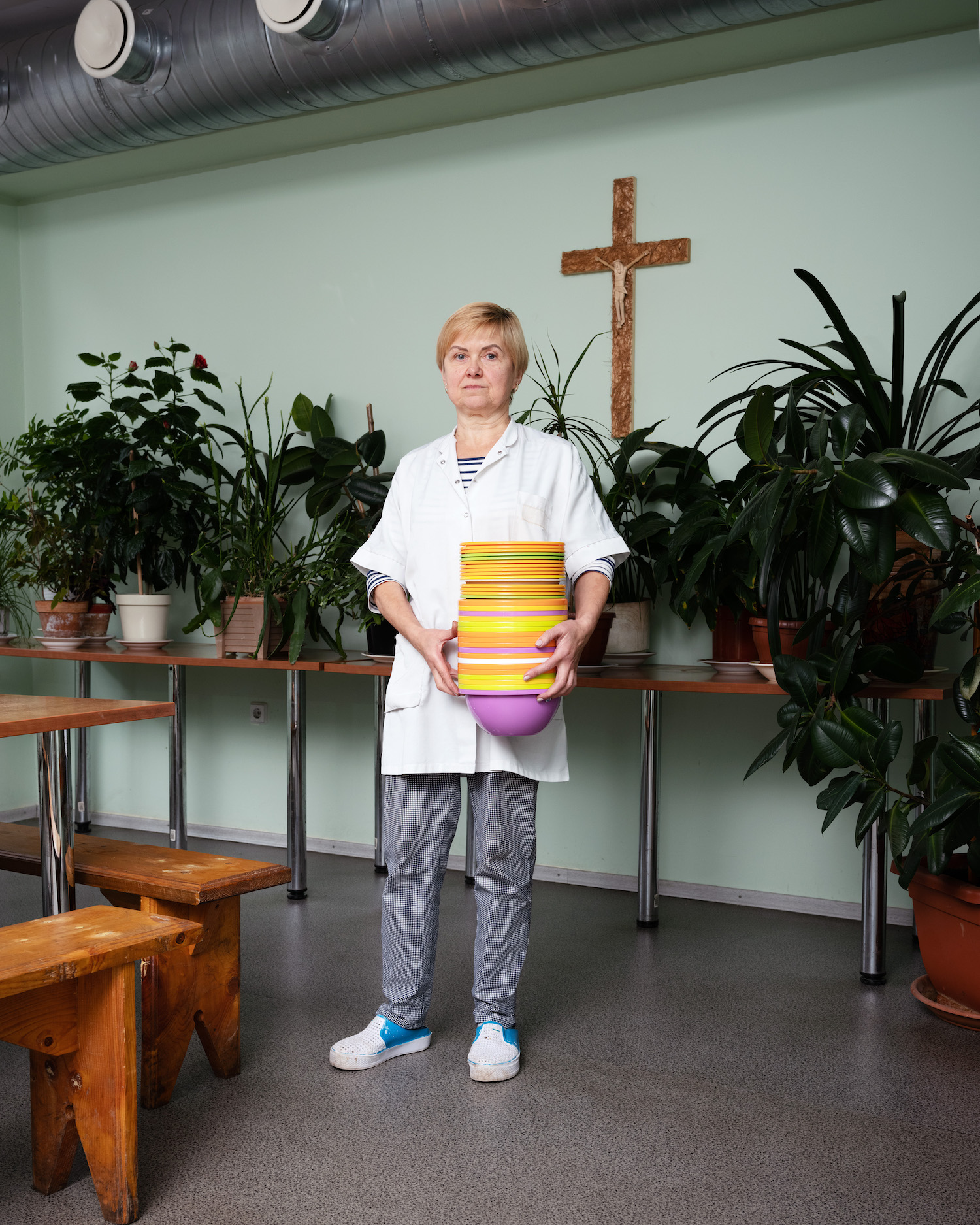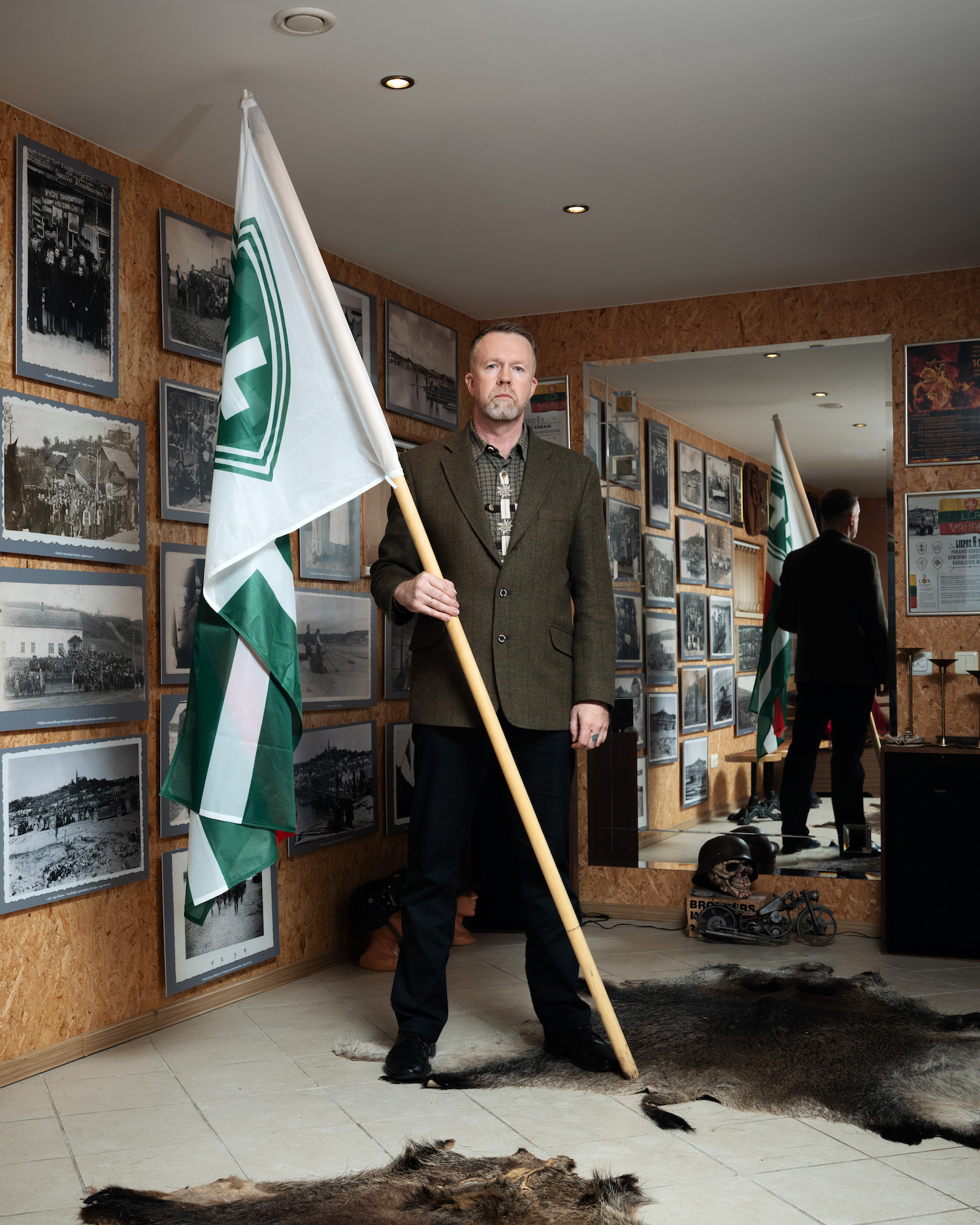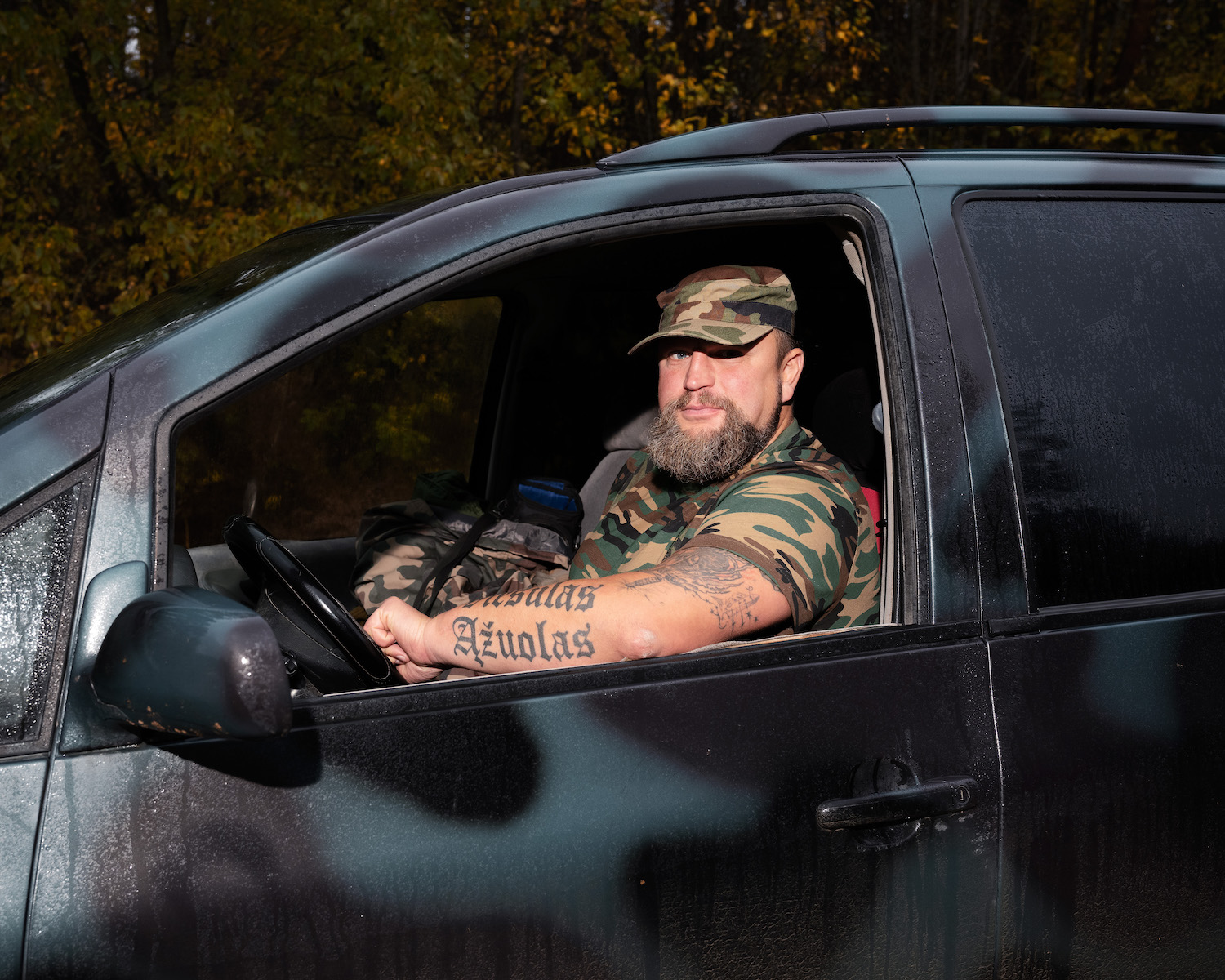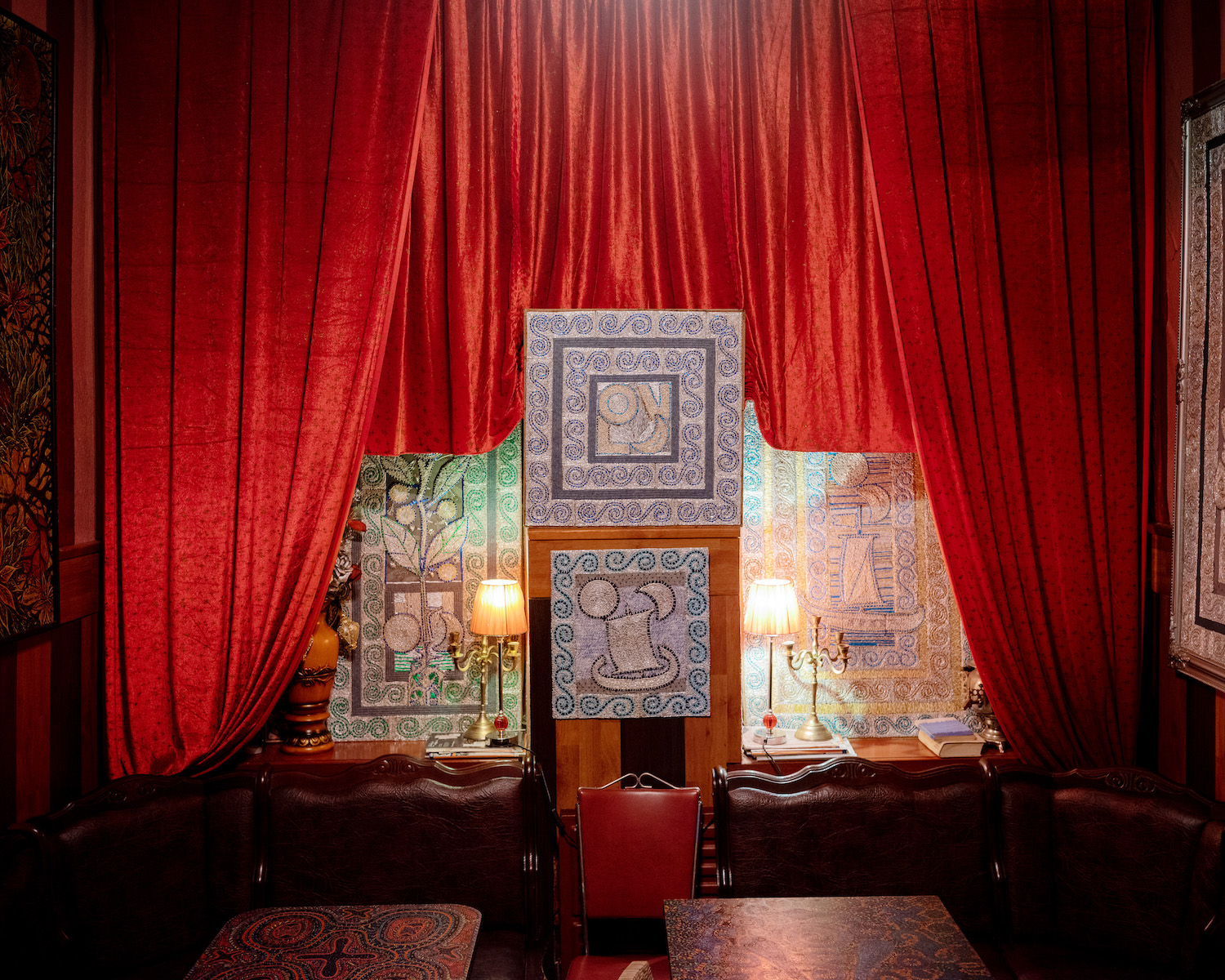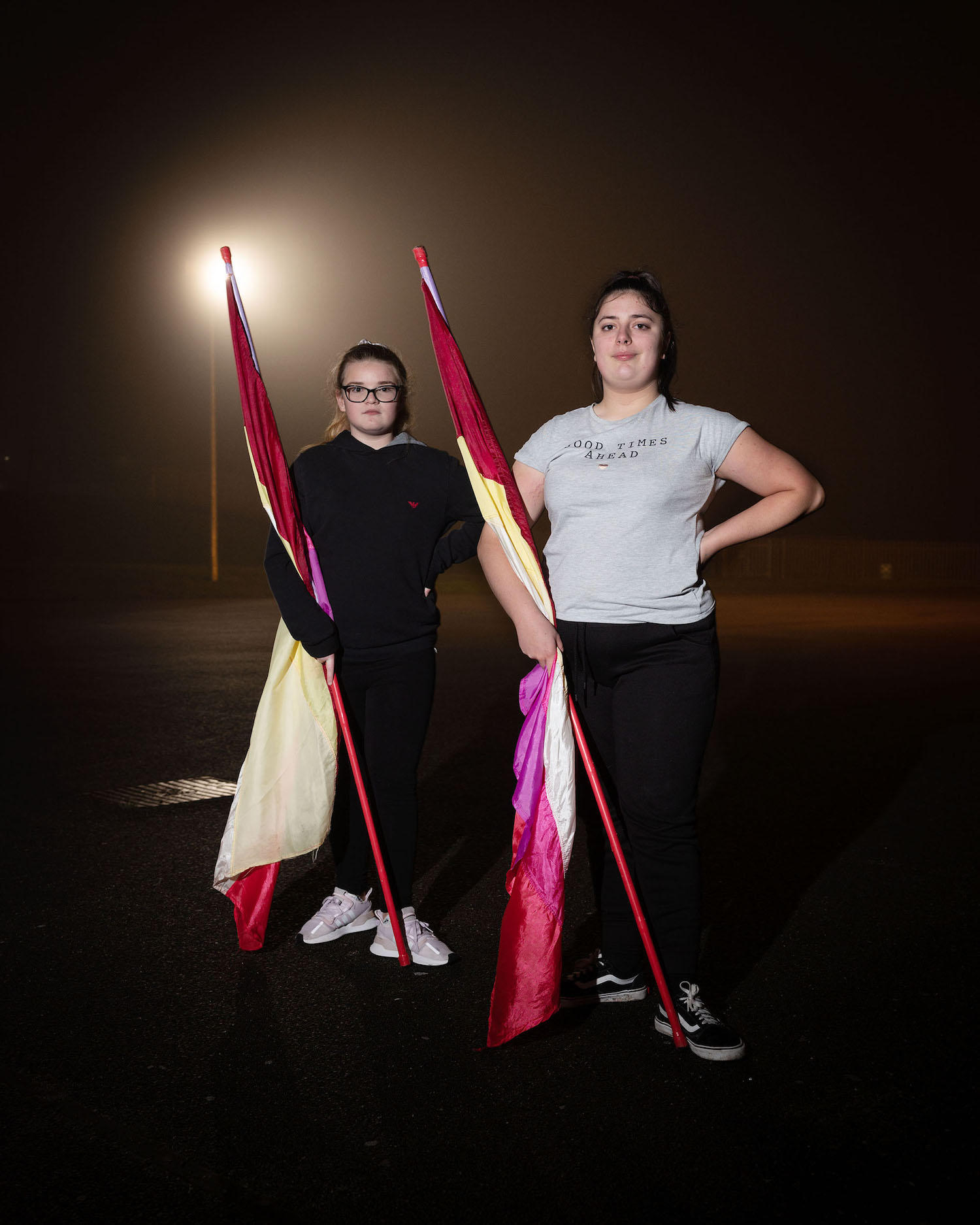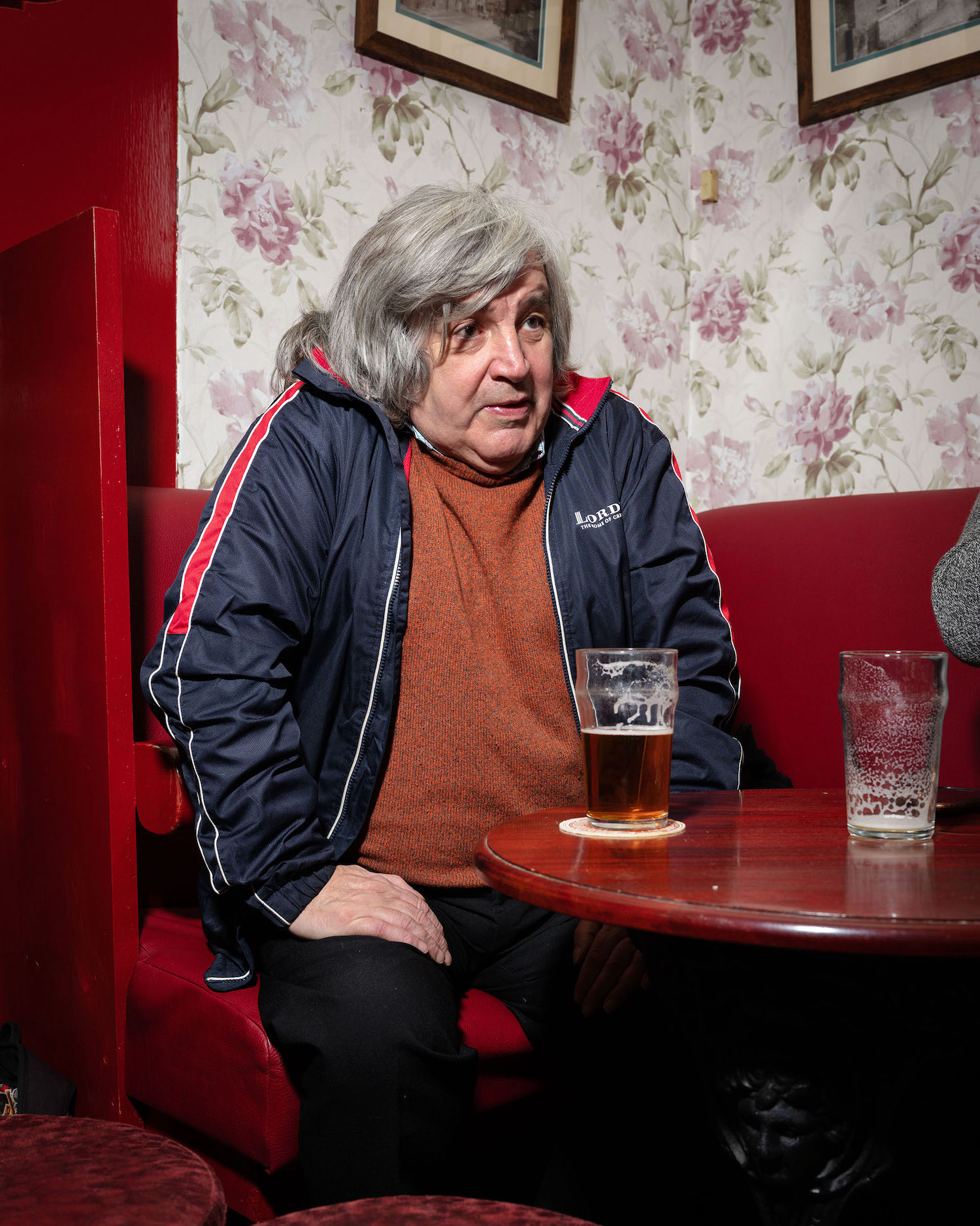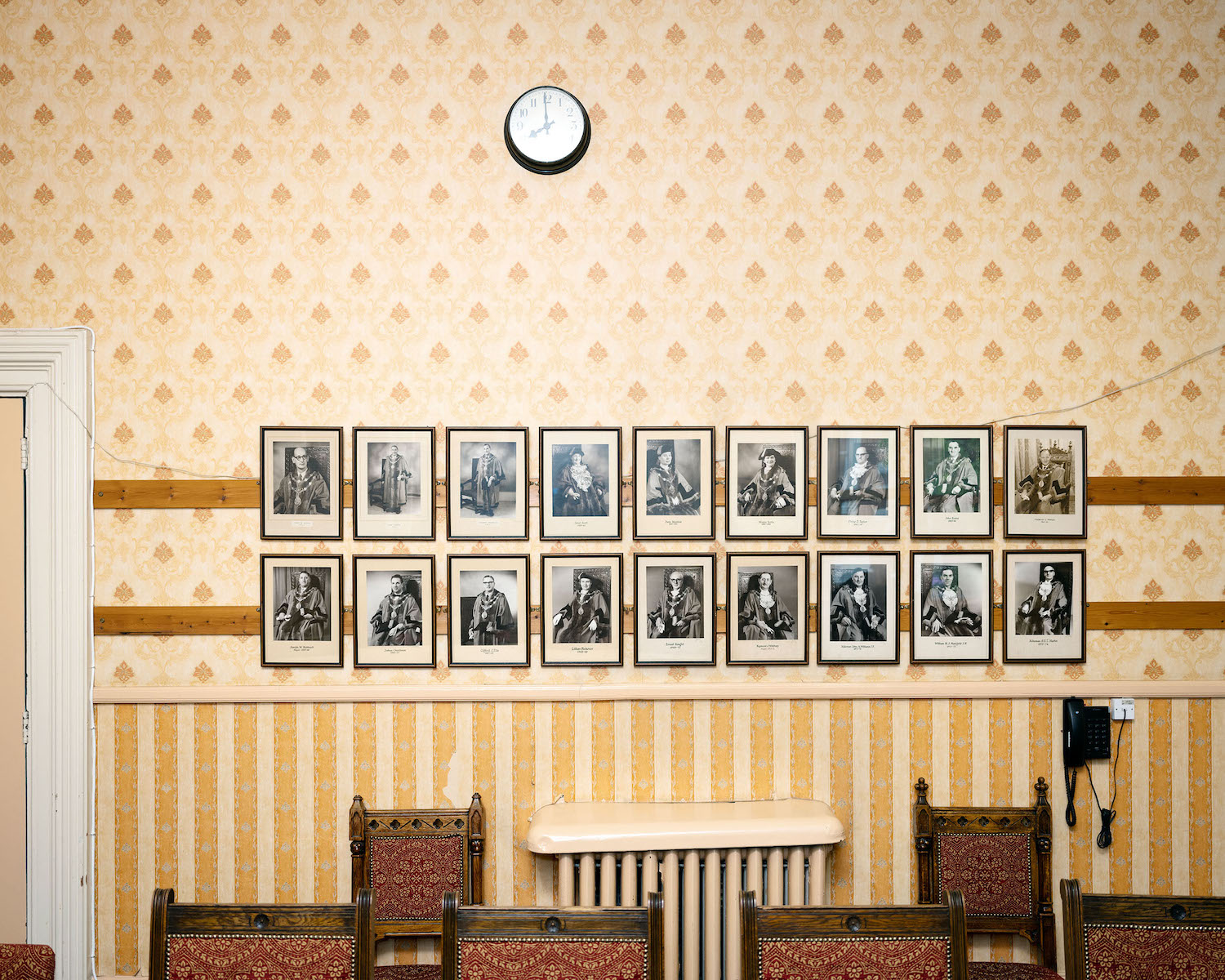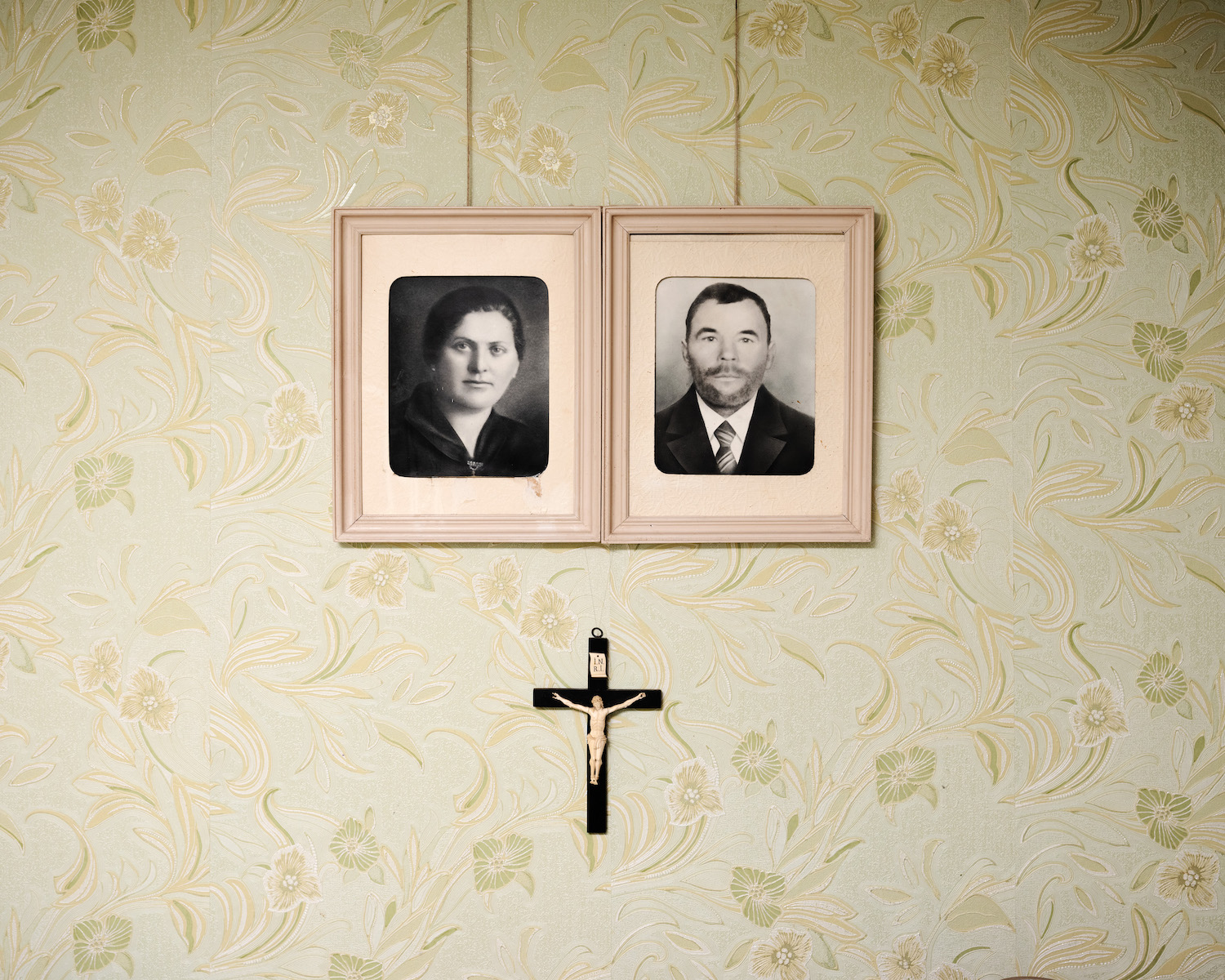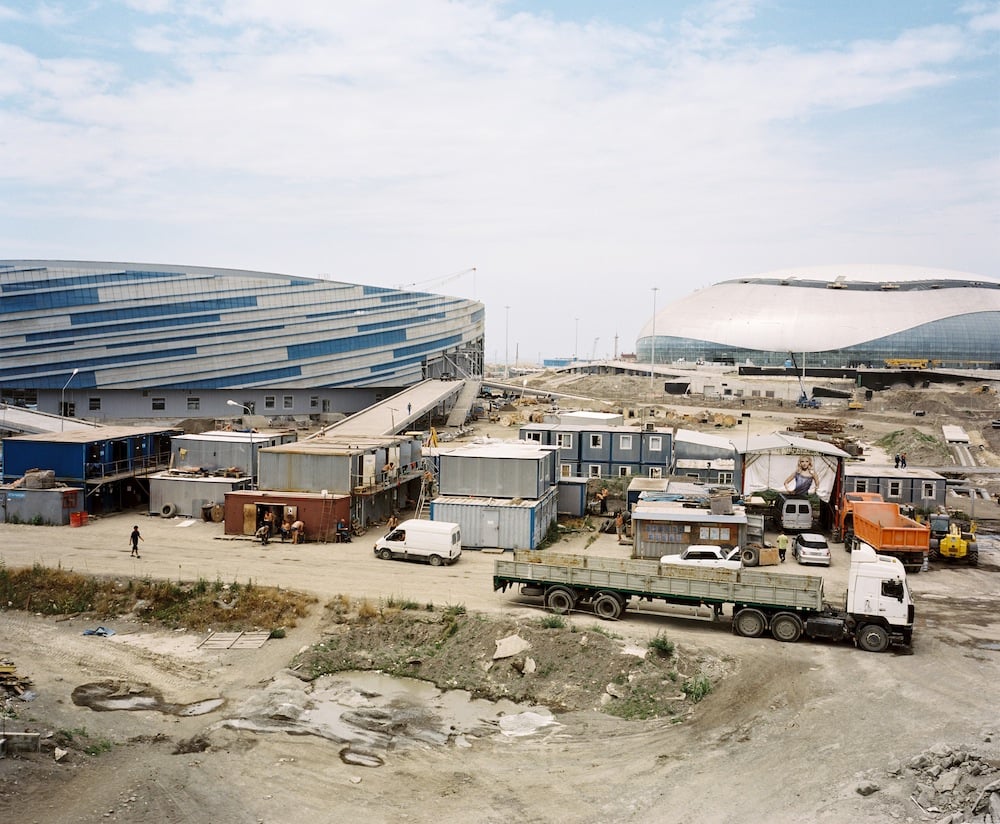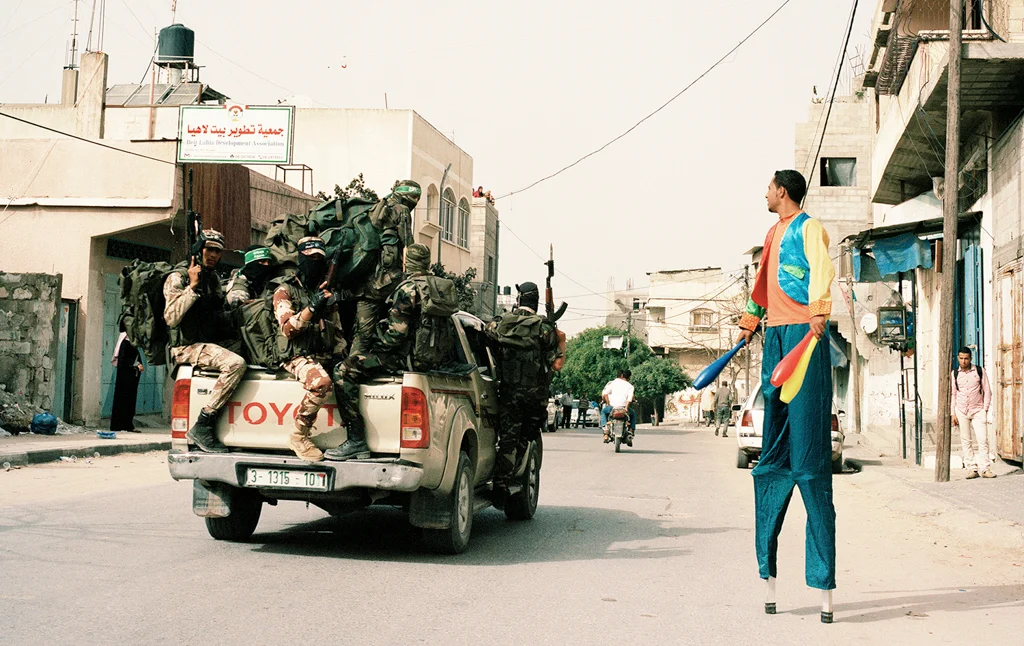Can photographs document a united Europe? Rob Hornstra plans to capture a continent amid a decade of change
“People always think their place is unique, but it’s not,” laughs Dutch photographer Rob Hornstra. “In one place they like basketball, in another they like football.” It’s a funny but also bold perspective that looks beyond regional variations, to suggest something that’s rather more holistic. But Hornstra has his reasons, and some evidence, for his claims. He’s shot new work in both Lithuania and the UK over the last 12 months, marking the start of an ambitious new project he’s making with journalist Arnold van Bruggen. Titled The Europeans, it’s inspired by the idea that people across Europe are really not so different.
Hornstra and van Bruggen have ambitious plans for their project, which they aim to work on for ten years in total, in 20 different regions. Shooting portraits and landscapes, and interviewing local people about their lives and ambitions, they hope to exhibit each tranche of The Europeans where it was shot, and distribute low-cost publications on each region. Perhaps surprisingly, though, they won’t state where they have made them. Their first publication was titled simply The Former Capital and their second publication is The Black Country; at the end of the project they’ll make a book that mixes up all 20 locations, instead using themes such as ‘Ports’ or ‘Surburbs’. In doing so, Hornstra and van Bruggen aim to get beyond the national stereotypes in favour of more meaningful similarities and differences, and to reinforce the idea of Europe as a unity, not a collection of separate nations.
The Europeans is not only ambitious but, they believe, it’s also urgent, because the spectre of Brexit and the rise of nationalism, under populist leaders such as Jarosław Kaczyński in Poland, Viktor Orban in Hungary, Marine Le Pen in France, and Thierry Baudet in The Netherlands, is threatening the very existence of the European Union – and with it, European unity. “So many important things are happening in Europe – Brexit, but also these new political leaders,” explains Hornstra. “Something is going on. The European Union could completely collapse! I don’t think it will, but the fact is that it could. It’s close.”
The Europeans also has its precedents. Celebrated photographer and Magnum Photos co-founder Henri Cartier-Bresson published a project called The Europeans in 1955, which he shot over five years in the difficult post-war period. And Hornstra and van Bruggen are inspired by books on the USA which, as Hornstra puts it, successfully document the country, despite the fact it’s just as diverse, and almost as big, as Europe. “The differences within America are similar to the differences in Europe,” he argues.
“Texans are radically different to people from New York, you have the East Coast and the West Coast, North and South. But while everyone agrees that there are differences, they all agree they are American. Is there anyone who is trying to document Europe as a unity? Why is no one doing it — or trying and failing to do it? I don’t see many people around me working on these big ambitious projects, but we need them. I think we have to try.”
Hornstra and van Bruggen are heading for the regions to make The Europeans — areas sometimes labelled as ‘peripheral’ but which they believe are better considered via the American idea of ‘heartlands’. They shot The Former Capital in Kaunas, for example, the second-largest city in Lithuania, and the capital of the Kaunas Governorate when it was part of the Russian Empire, from 1843-1915, while The Black Country was shot in the British Midlands, an area that was hit hard when the UK de-industrialised. In both places, Hornstra had contacts with an art institution that helped — the Kaunas Photography Gallery in Lithuania, and Creative Black Country, plus Multistory in the UK – and he adds that he feels a personal affinity for these ‘heartland’ areas, having grown up in a small, isolated Catholic community in eastern Netherlands.
But more importantly, Hornstra and van Bruggen feel that the so-called heartlands offer an insight into the rise of populism in Europe, because it’s in these places that these ideas have won most support. “At this time, the majority point of view comes from the heartlands, not the intellectual circles based in London, and other big cities,” Hornstra explains. “Their voices have become stronger and more dominant — that’s why Brexit becomes Brexit.”
Butchers from The Former Capital
Kingswinford RFC from The Black Country
“We have to be interested in these circles for us to stay together — we have to reach out and try to communicate,” he adds. “We should try to connect and take their voice seriously. Otherwise the polarisations will increase. Otherwise we’ll end up with a simple yes and no, only black and white, and no grey.”
It’s complicated and, with a schedule sketched out for a whole decade, The Europeans will require commitment, especially now that Covid has appeared, and with it, difficulties in international travel. For the moment Hornstra and van Bruggen plan to keep it local, and they will make their next series in the Netherlands; they hope that the work they shot in Britain will be published by the end of 2020. But dividing their final book project into smaller chunks makes it more manageable, says Hornstra — not least in terms of funding, because it allows them to find regional partners such as the Kaunas Photography Gallery, and to sell publications online as they go along.
In fact Hornstra and van Bruggen are big proponents of what they call “slow journalism”, and have collaborated this way before, making work they called The Sochi Project from 2009-2014. Shot in the Russian town and its surrounding area before the winter Olympics were staged there, this series was ultimately published as a book by Aperture, but was also published via smaller, more digestible stories as they went along. The first publication to emerge from The Sochi Project was a look at its Sanatorium Metallurg, for example, a grand but fading Stalin-era spa; the final book was a subtle, complex look at the whole region, which attempted to look past the reputation, stereotypes, and hype.
“Predictably, the Russian authorities used the games as a propaganda tool,” Hornstra has written of it. “We wanted our project to act as a realistic counterpart to the official facade for people interested in more than just a sporting event.”
And in that, there are conceptual, as well as practical similarities with their new project, because The Europeans is also an attempt to see past national stereotypes and propaganda. Hornstra says that he and van Bruggen are searching for a Europe beyond “political hype”, looking at how things are on the ground rather than getting sucked into national cliches. “We hope to create a realistic counterbalance to all those distorting stories of populists, extremes, polarised debates, by ignoring them and focusing on those human life stories, histories, and desired futures,” he says.
In doing so, they don’t ignore regional differences. The Former Capital considers migration, for example, which is inarguably greater from East to West, and the cause of resentment because of it. “Ten per cent of our population has gone to the West,” reads one embittered comment in the publication. “They contribute to economic growth there.” But van Bruggen and Hornstra are interested in how national stereotypes and hype feed that trend, luring people towards what they believe will be higher living standards. While in the UK, they sought out both the Lithuanian and the Polish migrant communities; they found that many had been disappointed, because they had found that life in the UK can be tough.
“Of course there are educated ones who leave too, but what we found by talking to people in Kaunas was that the perception was that it was the cleaners and waiters who had left because they can earn more, being cleaners and waiters in Britain,” says Hornstra. “But they often end up being disappointed because, although they can earn more, their cost of living is also higher. So many end up going back.”
It’s an observation that suggests a political reading: are the working class in a bad position in both places? Would they be better off uniting across borders than splitting into national faction? Hornstra doesn’t suggest this interpretation though; he just hopes to get people to actually look at the places he’s photographed, rather than relying on their preconceived stereotypes and assumptions. “If we contradict this desire to know where things were made, we will make people think,” he says.
